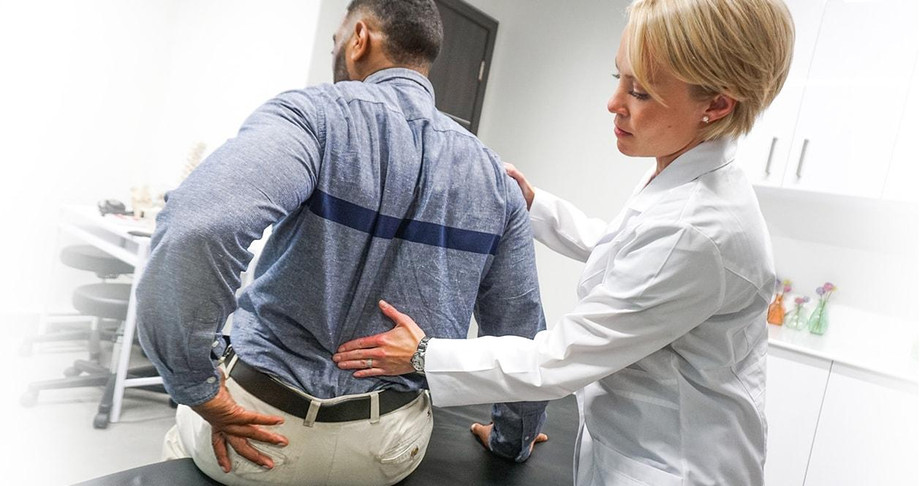One of the most common reasons people go to the doctor or miss work is back pain. It is a leading cause of disability worldwide. To prevent or relieve most back pain episodes you can take measures, fortunately. For back pain treatment, surgery is rarely needed.
Types of back pain
There are mainly two types of back pain- Acute or Chronic.
- Acute back pain: Short-term pain
It probably means your pain came along suddenly if your back pain is acute. To acute back pain, things like an awkward movement, stress, strenuous exercise, or lifting something wrong can all contribute.
Mostly, back pain is diagnosed as acute pain. Acute back pain doesn’t last longer than six weeks. The underlying cause of the pain doesn’t pose a serious or long-term problem in most cases.
- Chronic back pain: Long-term pain
On the other hand, chronic back pain can be serious. The symptoms of chronic pain are strong enough to impact your health, mobility, and quality of life for an extended period of time.
Chronic back pain can come on suddenly, it usually builds gradually and lasts more than six weeks. It’ll go away at times but regularly come back this makes chronic back pain recurrent.
What are the symptoms of back pain?
According to a back pain specialist, acute pain and chronic pain can be very similar. Some of the back pain symptoms are as follows:
- Burning, shooting, or aching pain that doesn’t go away or returns after using home remedies like over-the-counter medications, icing, massage, or physical therapies.
- Trouble sleeping
- Stiffness or regular tightness especially after sitting, lying, or standing for long periods.
- Tingling or numbness in one or both legs
What are the causes?
Without a cause, back pain often develops that your back doctor can identify with a test or an imaging study. Here are some conditions that are linked to back pain:
Ligament or Muscle strain- Back muscles and spinal ligaments can be strained due to repeated heavy lifting or a sudden awkward movement. Constant strain can cause painful muscle spasms if you’re in poor physical condition.
- Ruptured or Bulging disks- In your spine, disks act as cushions between the vertebrae. Inside a disk, the soft material can bulge or rupture and press on a nerve says a back specialist. Without back pain, you can have a bulging or ruptured disk. For some other reason, disk disease is often found incidentally when you have spine x-rays.
Arthritis- Your lower back can be affected by osteoarthritis. Arthritis in the spine can lead to a narrowing of the space around the spinal cord, a condition called spinal stenosis, this happened in some cases only.
Osteoporosis- If your bones become porous and brittle, your spine’s vertebrae can develop painful fractures.
What are the conditions that mainly affect women?
Ther are related conditions and number of back pain that women are more susceptible to developing. Back pain is more likely to become chronic over time for women.
- Piriformis syndrome
- Spinal osteoarthritis
- Sacroiliac joint dysfunction
- Coccydynia (tailbone pain)
- Degenerative spondylolisthesis
- Endometriosis
- Spinal osteoporosis fractures
What is the prevention of back pain?
According to a back pain doctor, by improving your physical condition and practicing proper body mechanics you might avoid back pain or prevent its recurrence. Here are some back treatment methods:
- Build muscle strength and flexibility
- Exercise
- Maintain a healthy weight
- Quit smoking
So, these are types, symptoms, causes, and prevention of back pain. You can visit paintreatmentspecialists.com for further details.
